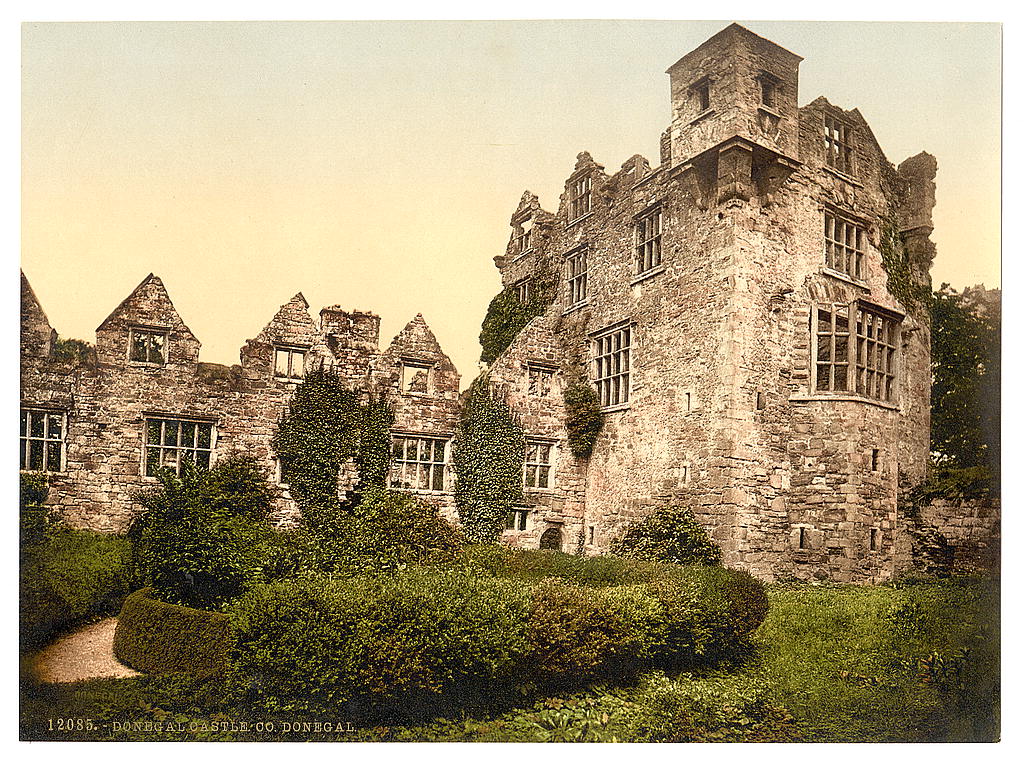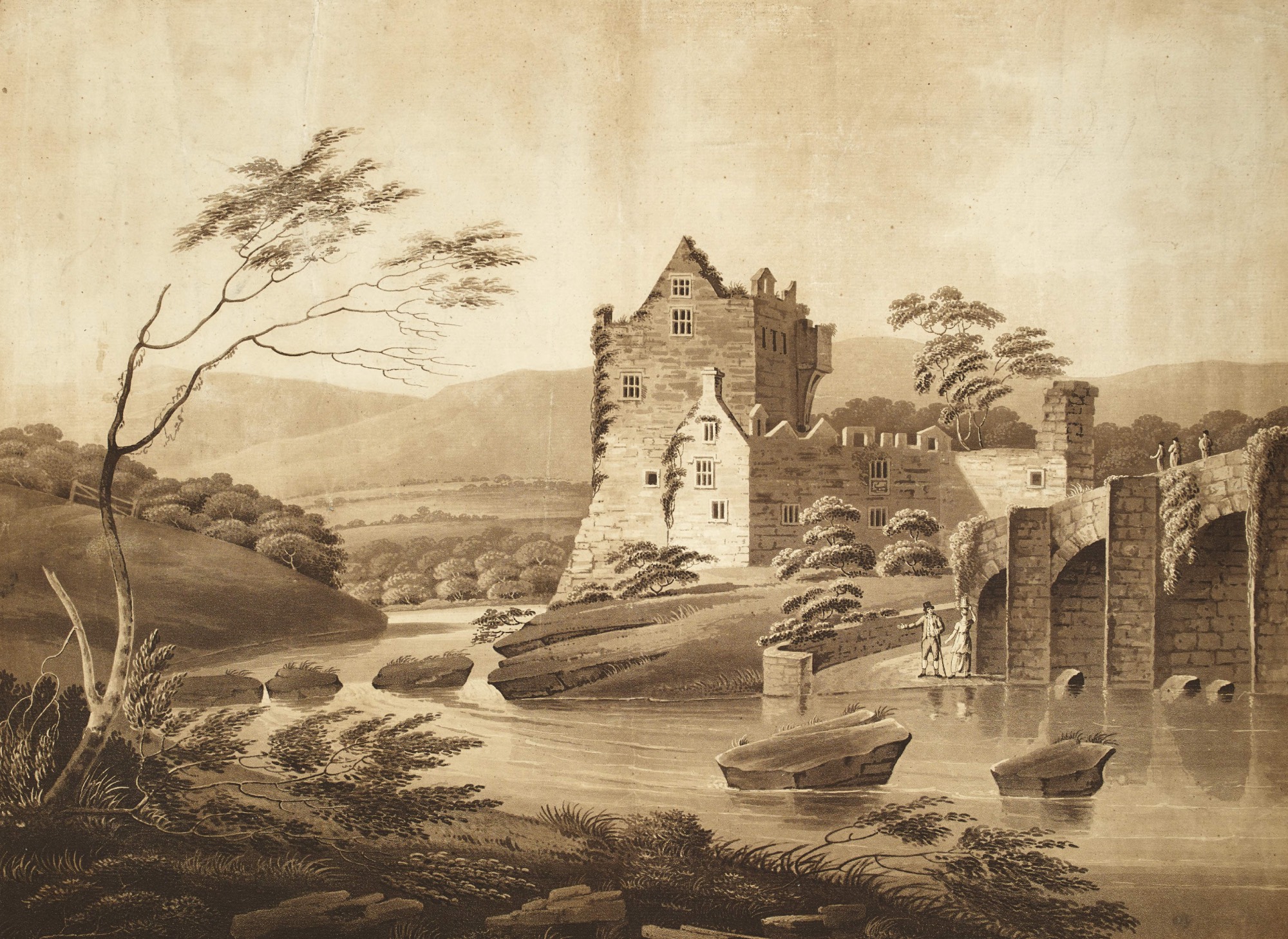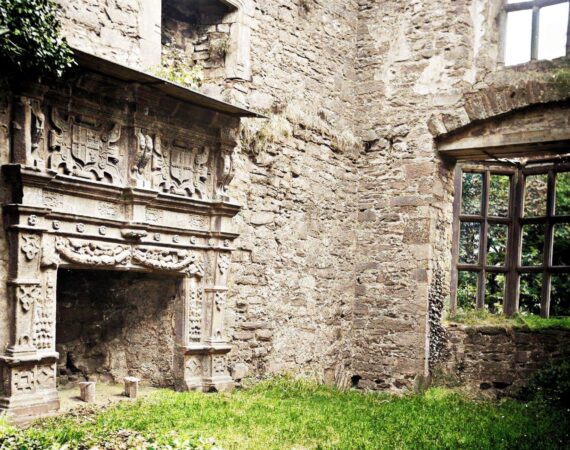Donegal Castle, Donegal Town, Co. Donegal
Donegal Castle stands as a fascinating blend of Gaelic and English architectural heritage, positioned strategically where the River Eske meets Donegal Bay.
Donegal Castle, Donegal Town, Co. Donegal
Originally built by Hugh Roe O’Donnell around 1505, the castle evolved from a formidable Irish stronghold into a Jacobean manor house, embodying centuries of turbulent history. When Sir Henry Sidney visited in 1566, he declared it “one of the greatest that ever I saw in Ireland in any Irishman’s lands”, though the castle would endure burning in 1589 and partial demolition in 1595 to prevent English occupation. Despite these setbacks, it fell to English forces in 1601, marking the end of O’Donnell control.
The castle’s transformation truly began when Captain Basil Brooke received a grant of the property in 1611. Rather than demolish the existing O’Donnell tower house, Brooke cleverly incorporated it into his grand design, adding mullioned windows with horizontal hood moulds, ornate fireplaces, and a gabled manor house wing that converted the medieval fortress into a comfortable Jacobean residence. The magnificent fireplace on the first floor showcases Brooke’s ambitions; its overmantel displays the family arms alongside intricate carvings of tasselled garlands, strapwork patterns, and human masks. The original keep, a typical late 15th or 16th century tower house, still shows evidence of its defensive past with narrow ground floor windows and thick walls built from roughly quarried blocks with ashlar quoins.
Today, as National Monument No. 174 under state care since 1898, the castle reveals its dual personality through careful observation. The original O’Donnell spiral staircase with its twisted octagonal stone newel remains alongside Brooke’s Tudor arched doorways and decorative stops. The structure tells the story of Ireland’s transition from Gaelic lordship to English plantation; where once clan chieftains held court, English settlers later sipped wine beside elaborately carved fireplaces. The castle fell into decay during the 18th century but now stands preserved, its remaining walls, chambers, and architectural details offering visitors a tangible connection to both the twilight of Gaelic Ireland and the dawn of the plantation era.
Good to Know
Tags
Visitor Notes
Added by
IrishHistory.com
Moore, F. 2004 No. 0416 Donegal Castle, Donegal. In I. Bennett (ed.), Excavations 2002: Summary accounts of archaeological excavations in Ireland, Bray. Wordwell.









